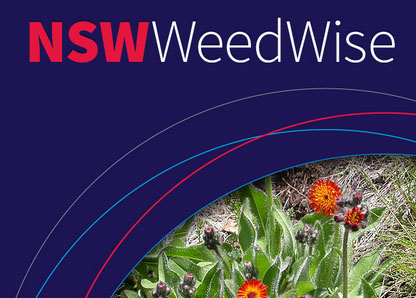An important aspect of the success of any weed control program is the ongoing maintenance, that is the follow up actions that occur after the initial weed control has occurred. The lack of ongoing maintenance can often be the major failure of weed control programs.
Ongoing maintenance requires a long-term commitment but with careful management weed, problems will reduce over time.
Prevention is the most effective method of dealing with weeds. Once a weed has entered an area and become established, eradication is far more expensive and it is likely that greater resources will be required to control its further spread and reduce its impact.
The first step in weed prevention, and the most cost effective means of managing weeds, is preventing the entry of new weeds into Australia.
Weeds are a serious problem throughout Australia. Many procedures and methods are available to manage the effects of weeds. Here is a selection of preferred control methods:
Cultural control is usually associated with farming systems, although some elements are relevant to landscape and bushcare practices. It largely involves manipulating or changing farming practices to suppress weed growth and production, while promoting the development of the desired plant.
The principles and techniques used to prevent weed spread are relevant to cultural control methods to limit the spread of weeds between different land areas.
Physical control is the removal of weeds by physical or mechanical means, such as slashing/mowing, grazing, mulching, tilling, burning or by hand. The method used often depends on the type of weed needed to be controlled, the area of weeds to be managed, what the land is used for, physical characteristics and the value of the land.
Even the best weed prevention efforts may not stop all introductions. Early detection of invasions and quick, coordinated responses are needed to eradicate or contain species before they become too widespread and control becomes technically and/or financially impossible. Weed populations that are not addressed early may require costly ongoing control efforts.
All land managers, communities, research institutions, and all levels of government have a role in the early detection and eradication of weeds.

